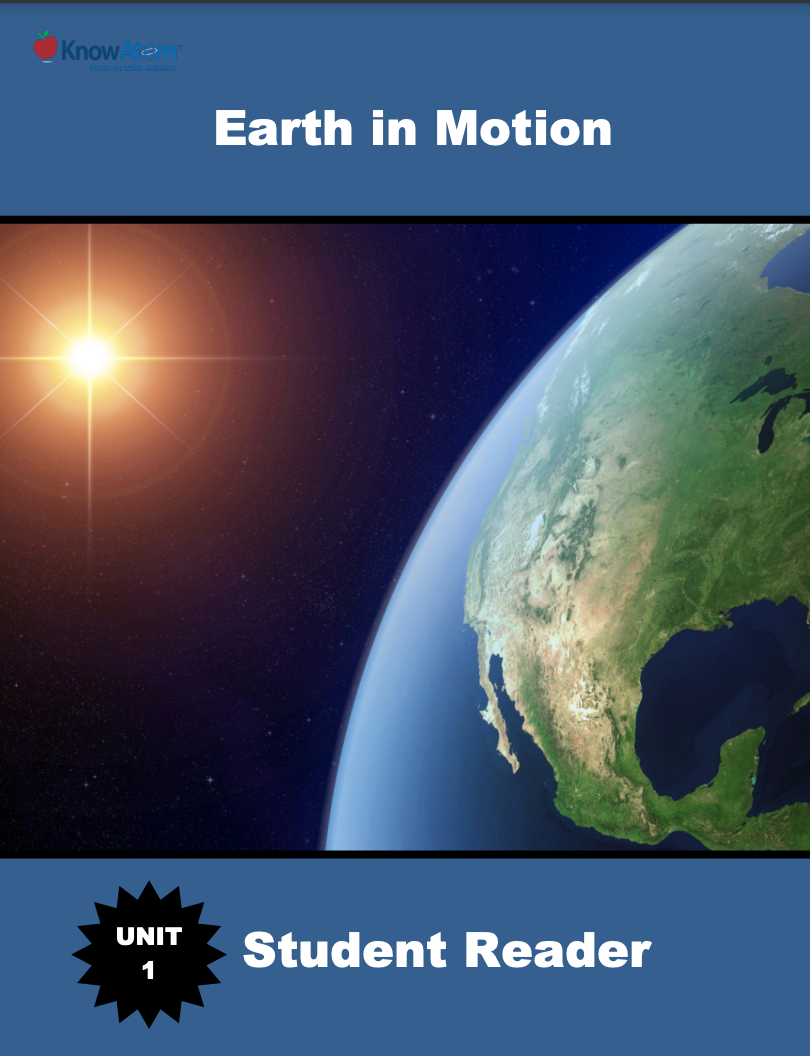
In 3rd grade, students ask questions and conduct experiments to explore the world around them. In this unit, students unpack the phenomena of tiny particles called atoms that make up all matter in the universe. This page showcases key parts of the first lesson in this unit.
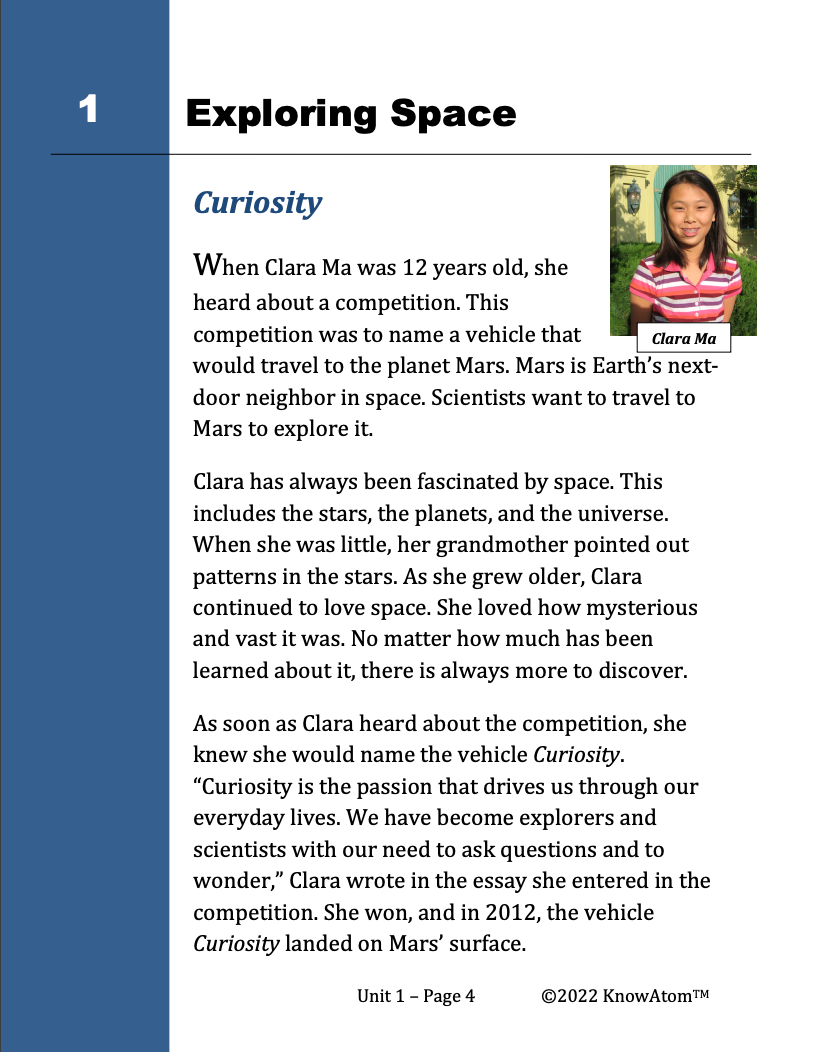
In this unit, students use the scientific process to analyze Earth’s place in the solar system. They begin by modeling how matter is made up of tiny particles called atoms, and changes state when heat is added or removed. This page provides an overview of lesson 1B in which students explore the science phenomena of how heat affects matter.
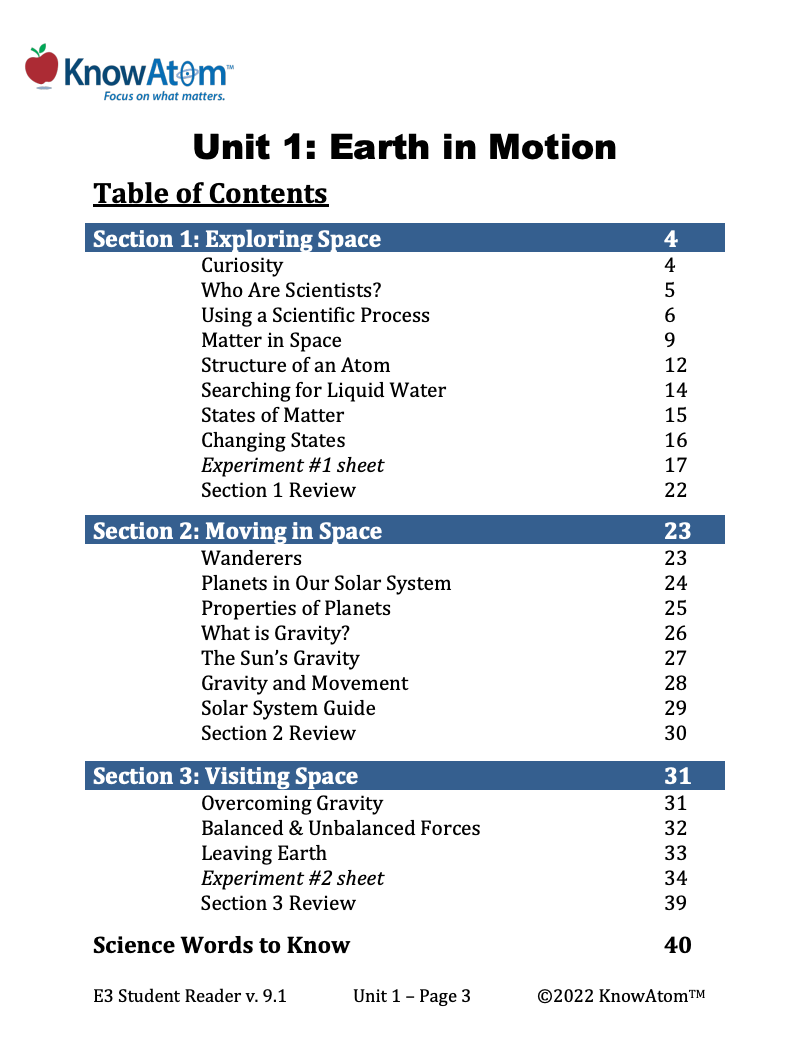
In this lesson, students model the solar system and analyze Earth’s place in the system as well as how the force of gravity causes the planets to move around the sun in predictable, regular paths. This page serves to highlight the key components of this lesson.
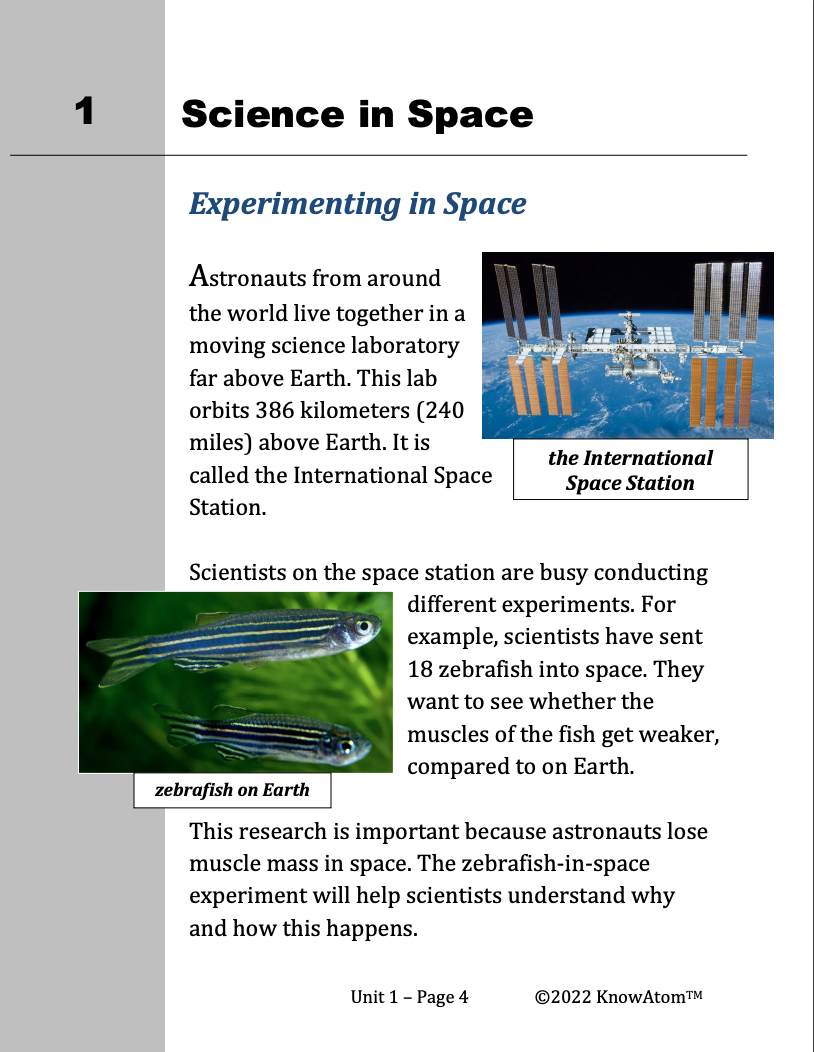
In this unit, students analyze the phenomena of matter, forces, and energy. In this lesson, they compare the effects of unbalanced versus balanced forces on objects. They then evaluate how matter interacts with and is changed by energy, which transfers from one object or system to another. This page showcases key components of this lesson.
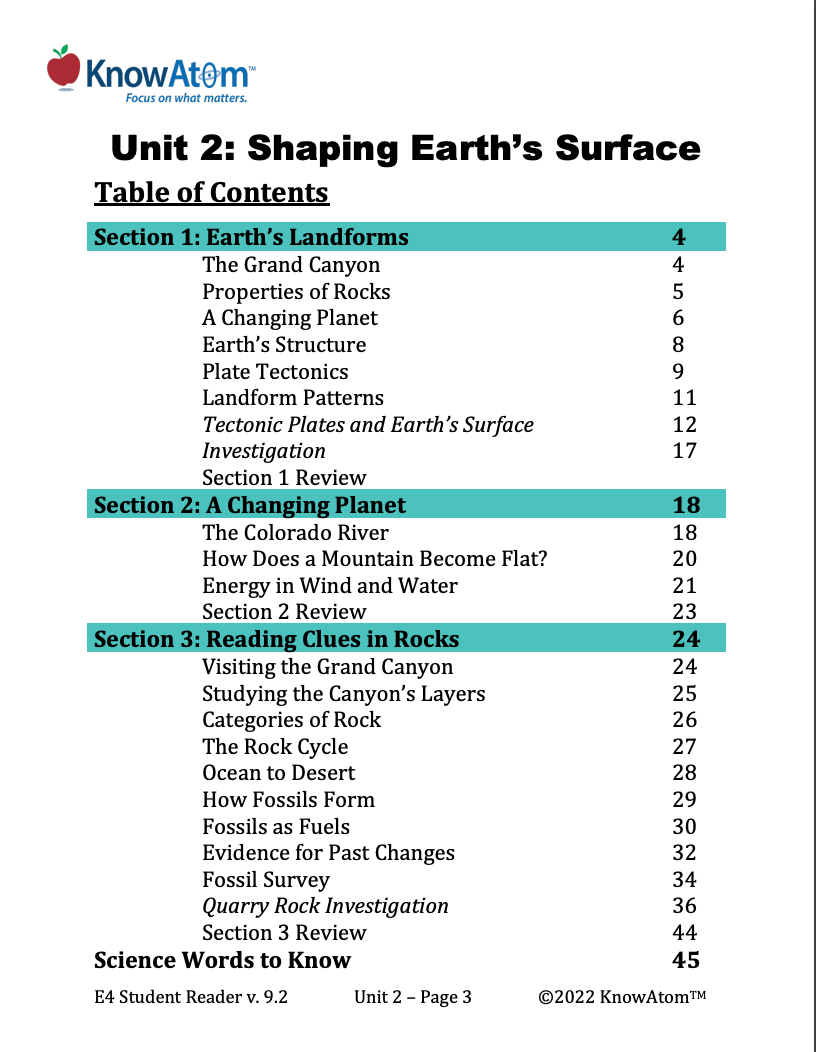
In this unit, students study Earth’s systems, analyzing the science phenomena of natural processes that shape Earth’s surface. In this lesson, students analyze clues in Earth’s rock to determine how Earth’s surface has changed over time. This page is a high-level extract of this lesson.
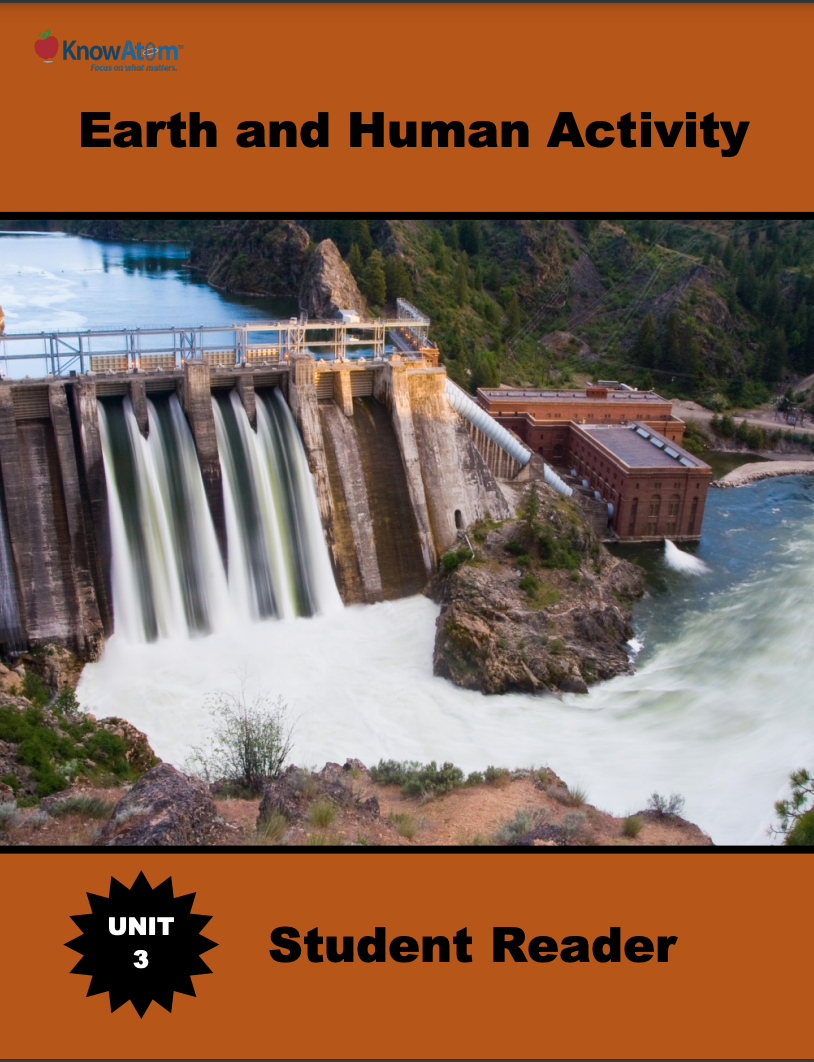
In this unit, students focus on the science phenomena of Earth’s interacting systems, evaluating how the hydrosphere and geosphere are shaped by one another. In the first lesson of the unit, students conduct an experiment to determine how the particle size of an Earth material affects its permeability to water. This page highlights key excerpts from the components of this lesson.
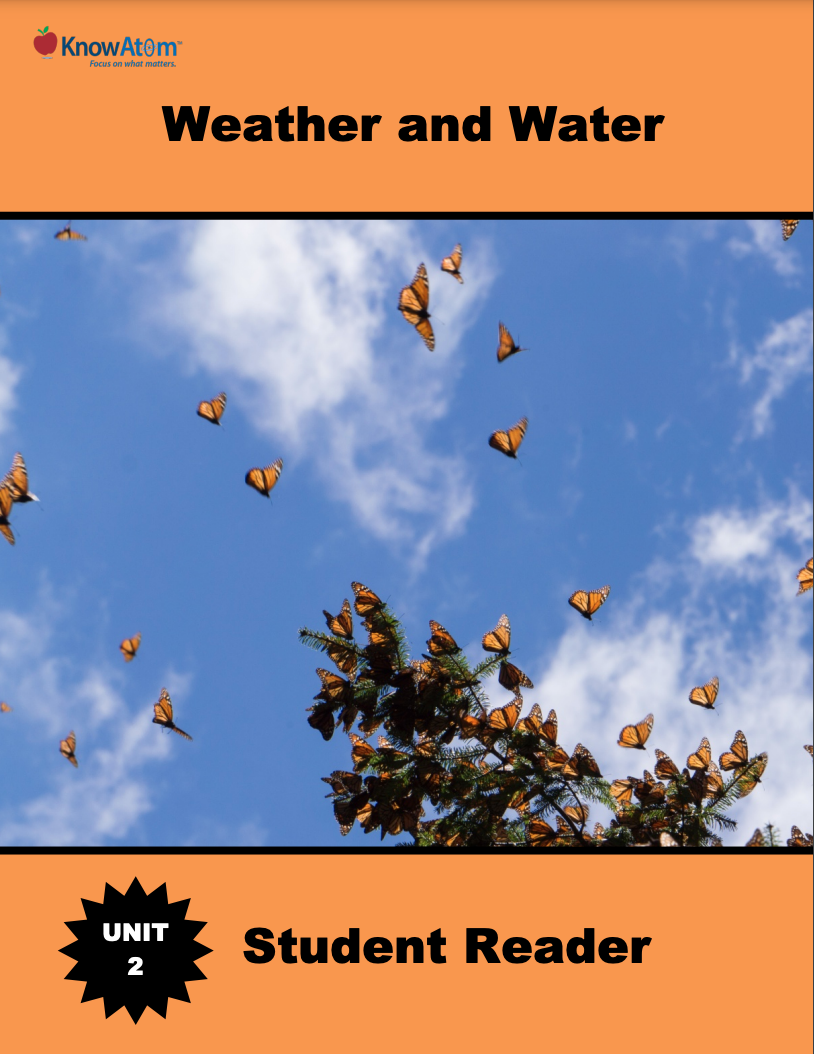
In the last unit, students learned about matter as they explored Earth’s position in the solar system. In this unit, students discuss how the sun provides light and heat to Earth, powering the water cycle, which in turn influences weather and climate. Students analyze the science phenomena of weather patterns in specific regions during a particular season.
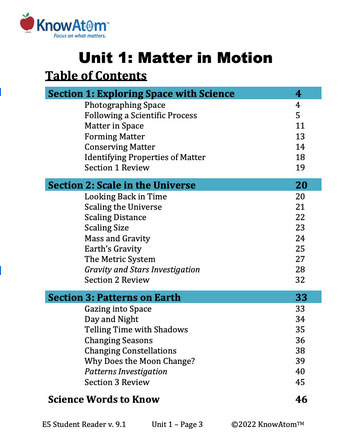
In this unit, students are introduced to the scientific process as they analyze matter in the universe and Earth’s place in the solar system. For the first lesson in this unit, they conduct an experiment to compare the masses of two different substances, analyzing how matter is never created or destroyed. Students also discuss how all matter in the universe is made up of different combinations of atoms formed from chemical reactions. This page highlights key parts of this lesson.
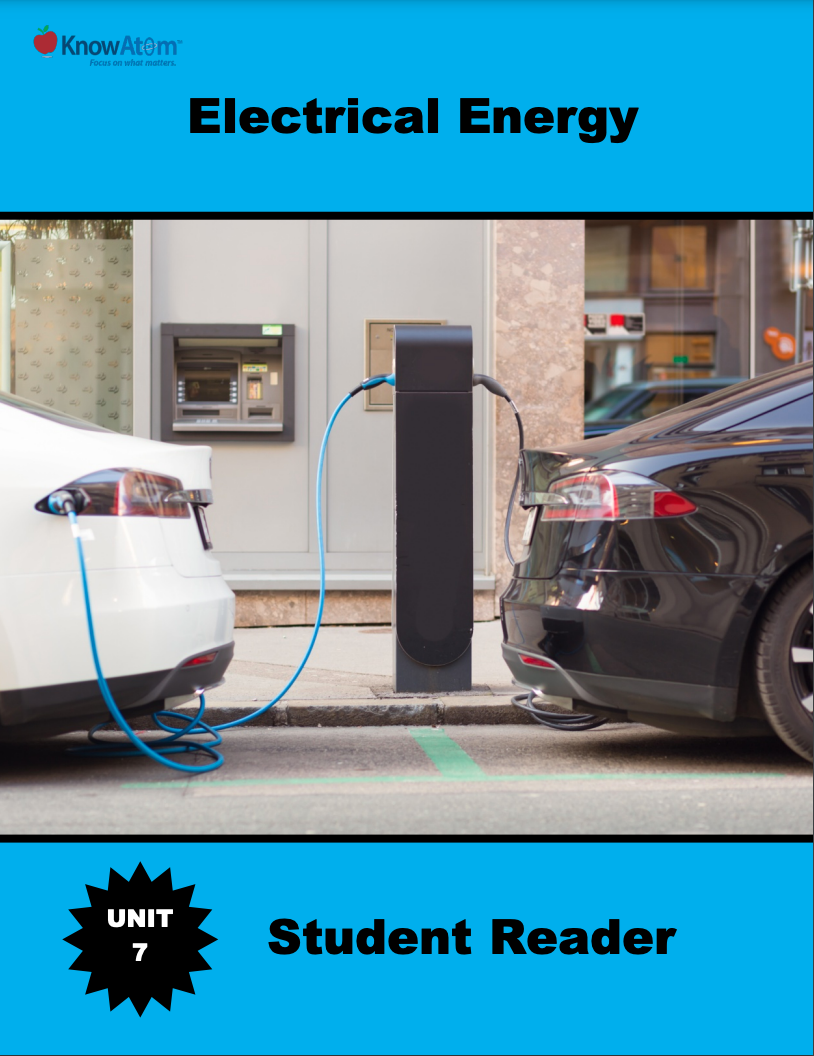
In this unit, students continue to explore science phenomena related to energy, focusing on how energy is transferred in circuits and can do work, such as spinning a motor. Students begin with this lesson on exploring the basic phenomena of direct current energy flowing through parts of a simple and series circuit.
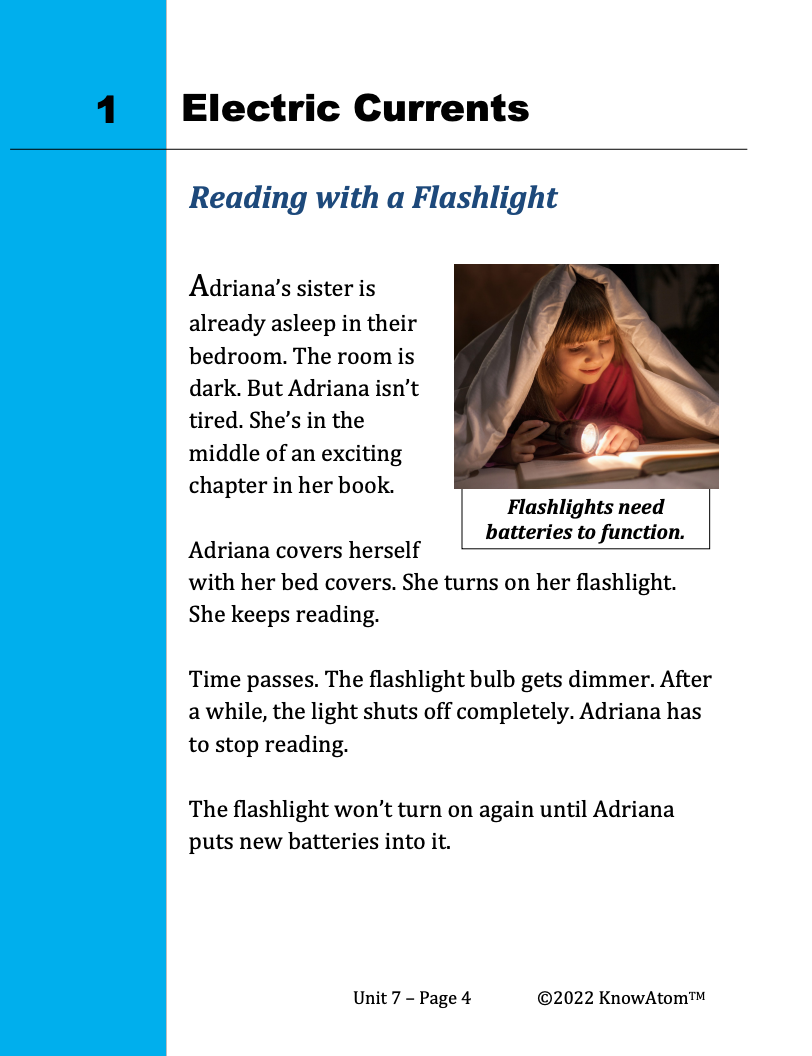
In this unit, students explore the science phenomena of how energy is transferred in a circuit to do work. In this lesson, students figure out the phenomena affecting the left and right movement of an electric car. This page is a high-level extract of this lesson.
.png)
In this unit, students are introduced to science and engineering by exploring several phenomena that relate to cooking. Students begin with an investigation into the structure of matter and how energy determines state of matter. This page is a high level look at key components of this lesson.
.png)
In this unit, students focus on interactions between matter and energy. In this lesson, students figure out the endothermic and exothermic phenomenon of chemical hot and cold packs to analyze matter and energy in different kinds of chemical reactions. This page is a high-level extract of this lesson.
.png)
In this unit, students use what they know about the relationship between energy and matter to investigate phenomena of how energy powers the cycling of Earth materials. They begin with this lesson on modeling the Earth processes that form different kinds of rock. This page provides an overview of this lesson.
.png)
In this unit, students explore phenomena of natural processes that cause Earth’s surface to change over time, analyzing how energy causes Earth’s matter to transform and cycle from one form to another. In this lesson, students investigate how Earth materials are continually being reshaped and reformed by multiple processes that are powered by energy from Earth’s hot interior and the sun. This page is a high-level extract of this lesson.
Standards citation: NGSS Lead States. 2013. Next Generation Science Standards: For States, By States. Washington, DC: The National Academies Press. Neither WestEd nor the lead states and partners that developed the Next Generation Science Standards were involved in the production of this product, and do not endorse it.
